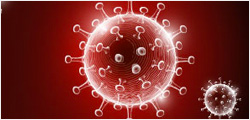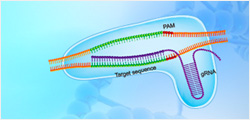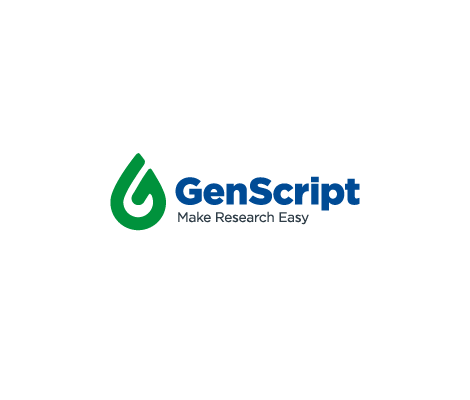FOLR2, His, Cynomolgus
FOLR1 and FOLR2 are equipped with cellular glycosylphosphatidylinositol (GPI) anchors. FOLR1 is secreted from epithelia with or without a micelle-encapsulated GPI-anchor into milk and other body fluids/secretions, e.g. semen where its interaction with spermatozoa indicates a role in male fertility. FOLR1 and FOLR2 serve as serum biomarkers of various diseases. FOLR3 possesses no GPI-anchor and originates from secretory granules of neutrophil granulocytes; its concentration in serum correlates to the FOLR3 content in leukocytes and rises with increased leukocyte counts (infection, malignancy and pregnancy).
| ¥3000 | |
| Z04794-100 | |
|
|
|
|
|
|
|
|
|



































